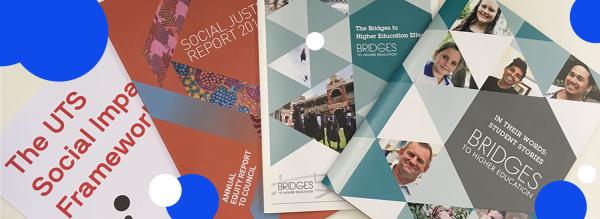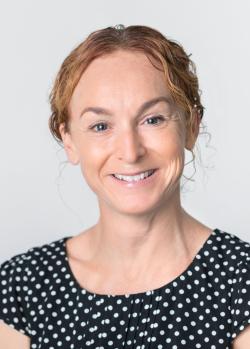
Evaluating change: giving a voice to social impact

Dr Clare Netherton,
Social Impact Research and Evaluation Specialist, Equity and Diversity Unit
Profile page
Despite their best intentions, many social justice projects lose funding and support because the teams don’t know how to demonstrate their impact. To change this, Dr Clare Netherton, has made it her mission to give impact a voice that can be heard by policy makers. Thanks to her work, many widening participation projects around campus have developed increased capacity to demonstrate their impact.
According to Dr Netherton, a key issue has been the lack of a common language to talk about demonstrating social change.
“I’ve worked with many people who think their work can’t be measured. Even if they think it can be measured, they don’t necessarily know how.”
“Although many project teams work towards the same objective, they often can’t agree on how to evaluate the outcomes. For one person, social change must be shown in the form of a number. For another person, change can absolutely not be a number,” she explains.
By playing the role of the bridging ‘translator’, Dr Netherton establishes a consensus and carries out the research activities to support these time-poor teams.
Her work also extends beyond the campus, and her ability to foster collaboration has seen her form quite unlikely alliances. One example was her work on the Bridges to Higher Education Evaluation Project Group.
“We had key competitors – UTS, Sydney Uni, Macquarie Uni, Western Sydney, and ACU – all sit at the same table to work towards a common goal. When people are committed to change, we can achieve fantastic results,” she says.
Case study
The Problem
Many social justice initiatives don’t have the support and tools required to demonstrate their impact. Consequently, much of the great work remains unnoticed, underfunded, and limited in its ability to make a change.
The Response
Social Impact Research and Evaluation Specialist, Dr Clare Netherton, has made it her mission to give impact a voice that can be heard by policy makers.
What helped accomplish this?
By collaborating with project teams in the widening participation space, she developed an evaluation framework that can be used to measure and report program outcomes and impact.
What has changed as a result?
Work has become more impact-driven and widening participation programs continue to improve and receive support.
Download full case study
